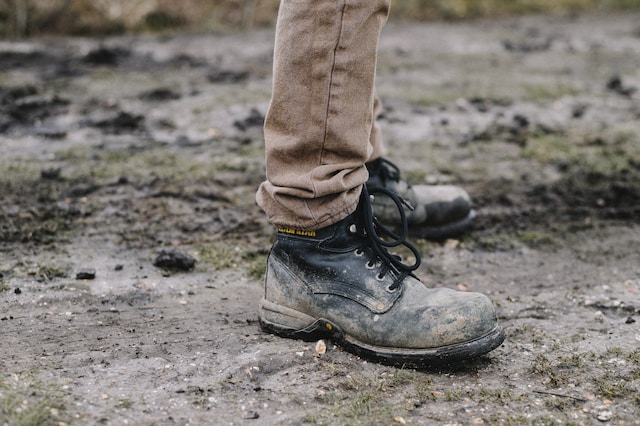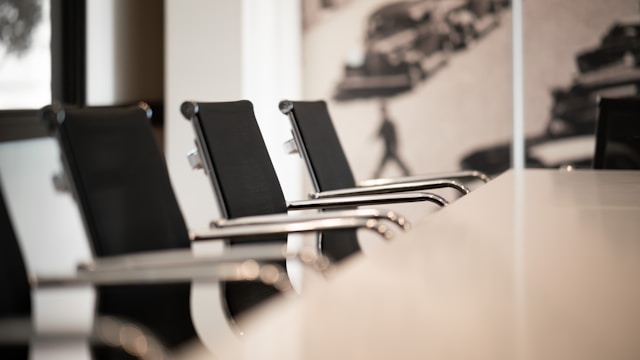When buying work boots and shoes, the type of protective features you choose depends on your job requirements. If your employer requires steel-toe footwear, go with a pair with a heavy-duty steel cap to cover the phalange bones of your feet (commonly known as your toes). However, newer safety boot and shoe options have alternatives to steel toes that are ASTM-certified to protect your feet from workplace hazards. These include composite, alloy and non-metal options.
Puncture-Resistant Materials
The main function of work boots Canada is to protect against falling objects like heavy tools or machinery parts. Those objects can cause impact injuries to the feet, and a good pair of steel-toe boots will provide maximum protection against those hazards. Non-steel safety toes are just as tough and will offer the same level of security, but they can be more flexible and less bulky. The downside is that they may not be as suited for certain weather conditions or jobs with a risk of puncture or penetration. Aluminum and carbon composite are more flexible than steel toes but have excellent puncture resistance. They also don’t conduct heat as well, so they might be more comfortable for some workers who wear their shoes or boots all day. However, they add more weight to the shoe or boot, so that’s something to consider.
Internal Metatarsal Guards
This work boot safety feature limits injuries caused by crushing objects that roll under your feet (think piping, ladders and heavy materials). They’re often required in workplaces where there are a lot of rolling hazards. These are placed inside your boots and act like a skeleton. They’re softer and more flexible than external guards and can be covered in absorbent material to protect your foot further. The top of the human foot has very little fat or muscle to protect it, making it prime injury real estate. The tops of your metatarsal bones are a particular concern in various roles and can be crushed by falling items, machinery or even molten metal from welding jobs. A pair of work boots with internal met guards protects this area and can be much more comfortable than a traditional steel-toe boot. The newer designs utilize a liquid-type pouch that allows for a lighter, more streamlined appearance and only hardens when exposed to sudden impacts.
Slip-Resistant Outsoles
The metal toe has been a long-standing safety footwear standard because it’s tough and can withstand many potential hazards that can hurt the foot. Whether it’s falling objects or sharp edges of equipment, steel toes can help protect feet from the damage they could cause. However, composite-toe boots can provide similar protection while being lighter and more flexible. This is ideal for certain work environments where the steel-toe boots feel too heavy or bulky. Slips and falls in the workplace are among the most common injuries, so it’s important to have good traction. Many steel-toe shoes and boots have sturdy treads that provide strong traction, making them good choices for workplaces with wet floors or uneven terrain. The tracks can also help workers avoid slipping so they don’t trip and fall over equipment or tools. This is especially important for construction or maintenance work that involves walking over slippery materials.
Lighter Weight
Choosing the right footwear is critical for keeping your feet comfortable throughout the workday. While many people assume that heavier boots must be safer, many features are available that make work shoes lighter while still meeting safety standards. Many workers wear insulated work boots in cold environments to protect against winter hazards while offering added comfort. These boots use a warm lining and insulation that prevents cold air from penetrating the inner shoe and keeps your feet warmer during long shifts on the job site. In addition, some insulated boots offer slip-resistant outsoles that help you avoid slippery surfaces.




